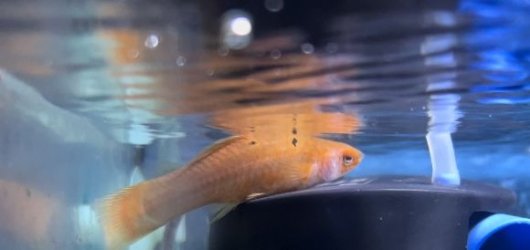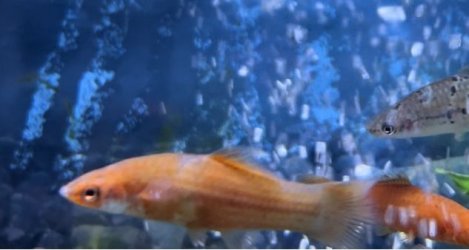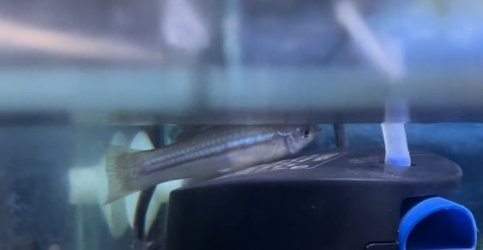Laurabhspt
Fish Fanatic
Hi, I have lost a few fish over the last couple of months, not sure why, done the usual water changes cleans etc. Lost another today with three others behaving strangely, sitting on top of the filter at the water surface, another chasing oxygen bubbles - and so I got the API water test kit out, expecting the parameters to be nuts and to say all the fish are suffocating… but they are near on perfect?! Ammonia was a fraction high at 0.25ppm but other than that it all looked good. Regardless I will treat with prime today to try and take care of that.
What else may cause fish to behave like this? Stress? This particular tank, and I don’t know why, all the fish go nuts when you turn the lights off or walk past the tank if the light is off. They tear up the gravel and slam into the glass…. I want to try and help them be happy but I’m lost. Any help very welcome.
Swordtails female only,
Tank parameters:
Ammonia 0.25
Nitrate: 0ppm
Nitrite: 40ppm
Ph: 7.8 which apparently is ok for swords?
Thanks in advance!
What else may cause fish to behave like this? Stress? This particular tank, and I don’t know why, all the fish go nuts when you turn the lights off or walk past the tank if the light is off. They tear up the gravel and slam into the glass…. I want to try and help them be happy but I’m lost. Any help very welcome.
Swordtails female only,
Tank parameters:
Ammonia 0.25
Nitrate: 0ppm
Nitrite: 40ppm
Ph: 7.8 which apparently is ok for swords?
Thanks in advance!







